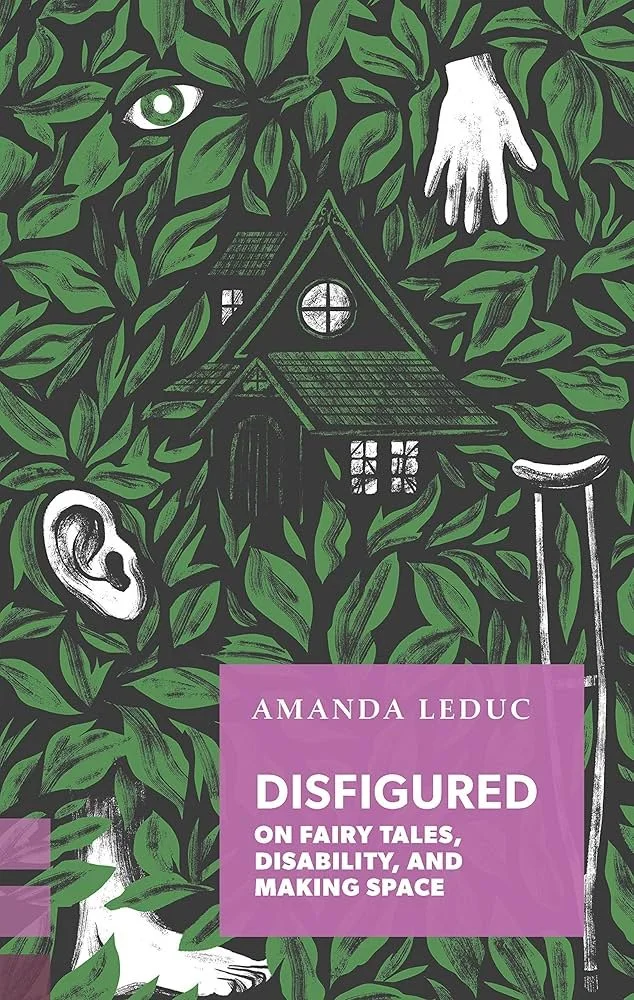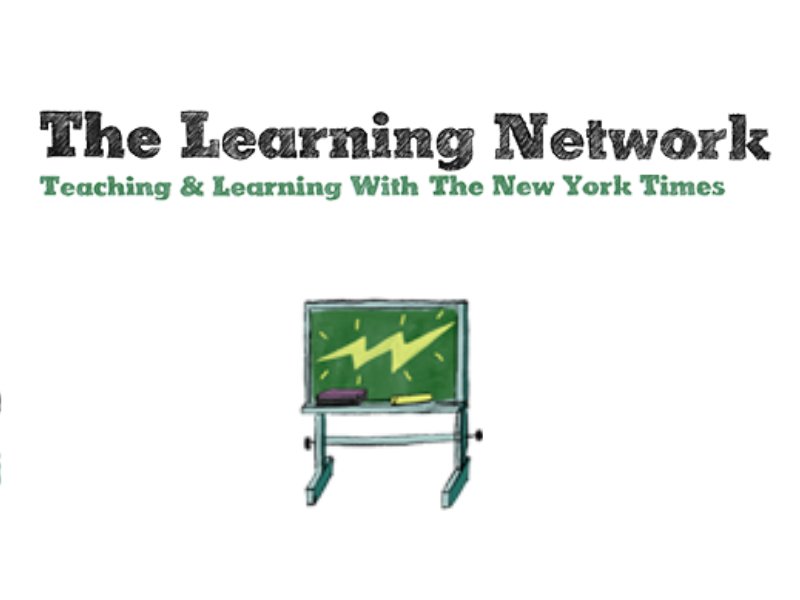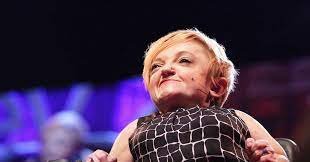
Global Development of Disability Rights: Timeline and Maps
High school students will explore the development of disability rights within various countries and time periods. Working together in groups, students will select a country of focus. Each group will collaborate to create timelines and maps, trace key events, legislation, and influential figures surrounding disability in their country.
This lesson fosters a deeper understanding of how geographical and historical contexts have shaped the accessibility and inclusion of people with disabilities. Through research and analysis of primary and secondary sources, students will develop their skills in historical inquiry and geographical interpretation, while gaining a comprehensive view of the global disability rights movement.
Image Description: blue accessible icon on a cloud background with a blue and green globe in the center of the wheelchair’s wheel.

Hephaestus - Greek Mythology
Students will read about Hephaestus. After reading each passage, they will be able to reflect and write about how Hephaestus is portrayed in that specific passage. Using evidence from each passage, the students must justify their opinions.
Image description: Statue of Hephaestus

Hispanic Heritage: Frida Kahlo (Intersectionality of Ableism, Creativity and Feminism) Lesson
Frida Kahlo (1907 - 1954) was a Mexican artist who was influenced by the Mexican Revolution. She experienced a disability at two times in her life. Her determinism helped her cope with the pain of overcoming polio, a difficult marriage and bus-trolley accident. Frida Kahlo’s curiosity and love for nature were often the subjects of her paintings. Known as the “mother of the selfie,” Frida also created more than 200 paintings of herself. This unit of lessons is to recognize the creativity and imagination of Frida Kahlo.
Image description: Photograph of Frida Kahlo against a green floral background

Into the Woods: Exploring Disabilities in Fairy Tales and Classic Stories
Using Amanda Leduc’s book “Disfigured: On Fairy Tales, Disability, and Making Space,” as inspiration students will consider different representations of disability in fairy tales and classic stories. They will watch an interview and a reading with Leduc, read 2 texts referenced in her book and learn to identify issues with how disabled people are presented and stereotyped. Students will produce two written assignments. One is an update to a classic story (either Beauty and the Beast or the Little Mermaid); the students will rewrite the classic tale to center and honor experiences of all bodies and abilities. The second assignment is a choice assignment. Students will either rewrite a second tale, or write a 1 page autobiographical story in the style of a fairy tale.
Image Description: The cover of the book “Disfigured: On Fairy Tales, Disability, and Making Space” by Amanda Leduc

The New York Times - ‘26.2 Miles Is Easy. Getting Around New York City Is Not.’ - Lesson Plan
In this lesson, students will learn why it’s easier for one athlete to win a marathon in New York than to navigate the city in a wheelchair. Then, students will evaluate the accessibility of public spaces where they live.
Image Description: "The Learning Network Teaching & Learning with the New York Times" Below the text is an illustration of a green chalkboard with a lightning bolt.

The New York Times - ‘The Hidden Image Descriptions Making the Internet Accessible’
In this lesson, students will learn about alt text, and image descriptions that help people who have low vision or are blind to use the internet. Then, they will practice using the feature.
Image Description: "The Learning Network Teaching & Learning with the New York Times" Below the text is an illustration of a green chalkboard with a lightning bolt.

Patient No More: People with Disabilities Securing Civil Rights
Teaching the story of the 504 occupation, the focus of the Patient No More exhibit, will undoubtedly leave students with a new perspective toward living with a disability. “Patient No More” offers a story about the creativity and strength that comes out of the disability community, an incredible example of how change can happen from the bottom up. It's also a story about how disability rights have changed the lives of all Americans in ways they might not realize.
Image Description: “Patient No More - People with disabilities securing civil rights” black and white photo of protestors with capitol building in the background, many in wheelchairs, one with a sign on the back of their wheelchair that says “We Shall Overcome”

PBS Learning Media - Renegades Lessons
Summary:
Renegades is a documentary series from American Masters that showcases the lives and cultural contributions of little-known historical figures with disabilities. These lessons were designed to be used with the videos. They can be used individually or as a unit.
Image Description: “PBS Learning Media” in blue text. To the left is the blue circular logo for PBS with simplistic faces in profile in white alternating with blue.

Portrait of the Whole Person - Disability Rights Washington
Portrait of the Whole Person is a curriculum for elementary school students designed to teach students how disability rights fit into the broader civil rights movement, to perceive disability as a reflection of societal views of differences, and to treat people with disabilities with respect and dignity. It contains four distinct lesson plans comprised of three in-class instruction lesson plans and one lesson plan governing the research and writing of a biographical sketch and creation of a portrait of a notable person with a disability. It is also complete with a graphic organizer, rubrics, a power point, and a list of references students can use for research.
Image Description: Disability Rights Washington logo with “Portrait of a Whole Person Curriculum Overview” written below and drawings of 3 different people in colored pencil.

Racialization of Disability Lesson
In this lesson, students will read and discuss Douglas Baynton’s Disability and the Justification of Inequality in American History. Students will participate in a discussion about the racialization of disability and the intersections of ableism and racism.
Image description: Photograph of James Baldwin and the quote “We can disagree & still love each other unless your disagreement is rooted in my oppression & denail of my humanity & right to exist” - James Baldwin

The Right to be Disabled: Video Discussion Guide
For this lesson, students will watch a video titled “The Right to be Disabled” from the Broadreach Training and Resources webpage. This video details Norman Kunc’s journey from being somebody who wanted to hide his disability, to somebody who realized that he has the right to be disabled and that the world around makes him feel like he was not the way he should have been. This video explores important questions about disability, and civil rights movements in general. Students will watch the video and discuss these topics in think, pair, share series of activities.
Image description: Screenshot of the video “Conversations that Matter: The Right to be Disabled”

Scientific Racism and Scientific Bias Lesson
Students will learn about the history of how science has been used to enforce racism. Students will think critically about scientific bias.
Image Description: Sepia tone background. “Scientifc Racism and Scientific Bias” in white letters

Stella Young TED Talk Lesson Plan
Students will watch Stella Young’s TED Talk where she breaks down society's habit of turning disabled people into ‘inspiration porn’” and process why disabled people are often thought to be inspirational for achieving very ordinary things. This inspiration is actually pity in disguise and they’ll discuss the implications for that idea. Students will reflect on their own perceptions of disability and how it aligns with the thoughts shared in the TED video
Image description: Photo looking up at Stella Young

Thinking Critically about Disability - Social Media Lesson
When Stephen Hawking passed away, many artists processed the loss through art. Their art depicts disability from multiple perspectives. In this activity students will explore 2 contrasting images. Take note of the details and how the images depict Stephen Hawking and his physical disability. Both of the images are from Twitter and students may have already seen both of the images just scrolling through their phones. Students will explore elements of art, social studies and psychology in this lesson. The focus of the discussion is up to individual educators.
Image description: illustration of Stephen Hawking, seated in his motorized wheelchair, floating above the earth with other planets in the background

We Want to Go to School
Using the book "We Want to Go to School," students will learn about the segregation of students with disabilities in the school setting. They will learn about the barriers that prevented students from attending school and the progression and processes to challenge and remove those barriers.
Image Description: Cover of We Want to Go to School! The Fight for Disability Rights by Maryann Cocoa-Leffler & Janine Leffler. The cover artwork shows five children behind a table that has papers and a gavel on it.

We Will Ride Lesson by Pop Culture Classroom
In this lesson students will read a 2-page graphic novel format story about the Gang of 19 and “We Will Ride” action, and how they fought for equal rights for the disabled.
Image Description: Graphic Novel cover showing protesters in purple black and off white on a green background with the title “Colorful History Comics #31 We Will Ride” underneath the comic.
